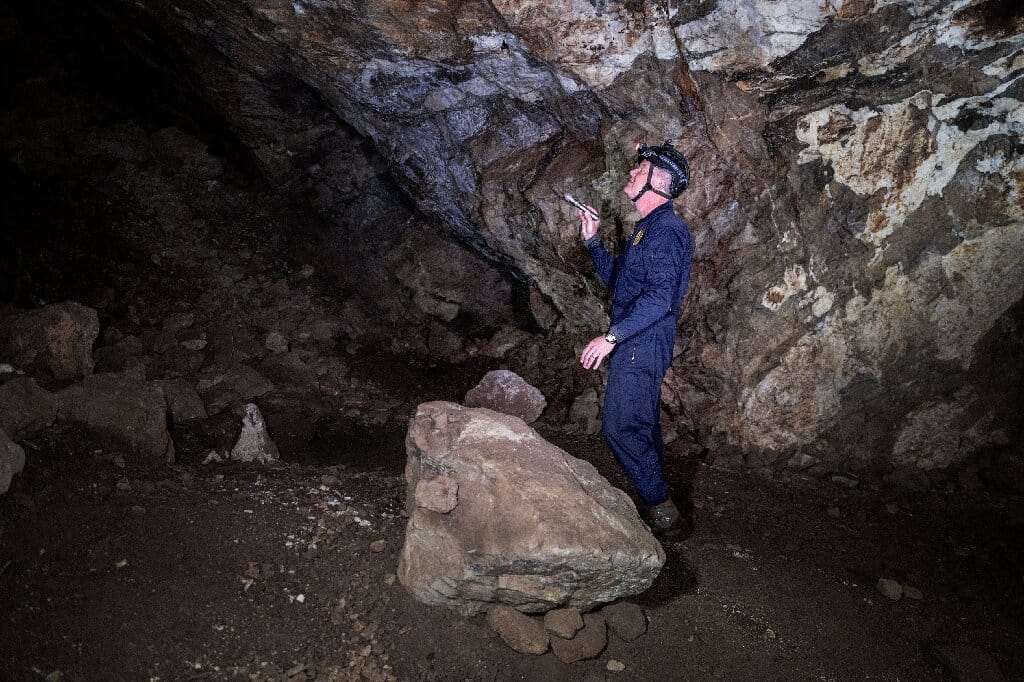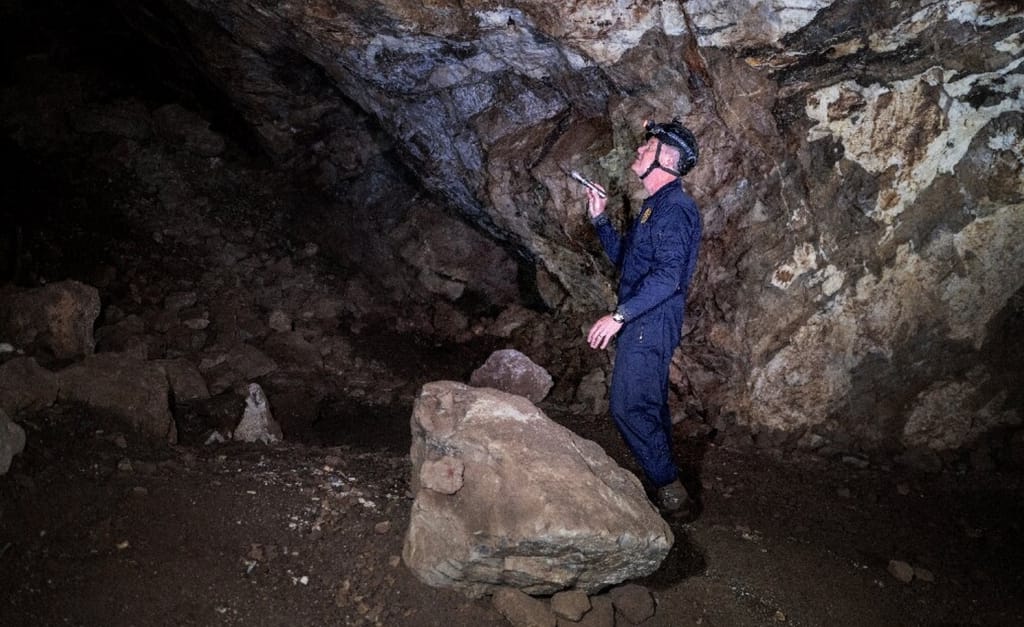
The oldest burial site in the world was discovered in South Africa. Palaeontologists said on Monday that they had discovered the remains of a small-brained distant ancestor of modern humans who were previously believed to be incapable of complex conduct.
In the Cradle of Humankind, a UNESCO world heritage site close to Johannesburg, researchers led by famous palaeoanthropologist Lee Berger claimed to have found multiple examples of Homo naledi, a tree-climbing Stone Age hominid, buried around 30 metres (100 feet) underground in a cave system.
“These are the most ancient interments yet recorded in the hominin record, earlier than evidence of Homo sapiens interments by at least 100,000 years,” the scientists wrote in a series of yet-to-be peer-reviewed and preprint papers to be published in eLife.
The results cast doubt on the conventional wisdom of human evolution, which holds that the growth of larger brains enabled the performance of complex, “meaning-making” acts like burying the dead. The oldest burials ever discovered were in the Middle East and Africa, and they were about 100,000 years old. (https://www.udenar.edu.co/) They contained Homo sapiens’ remains.
They were discovered in South Africa by Berger and his colleagues, who have made some contentious claims in the past. They are at least 200,000 years old. Importantly, they also descended from Homo naledi, a prehistoric species that existed at the nexus of apes and modern humans. Homo naledi was around 1.5 metres (five feet) tall and had brains the size of oranges.
The species identified by Berger had already challenged the idea that our evolutionary route was linear with its curled fingers and toes, tool-wielding hands, and feet designed for walking. The “Rising Star” cave system, where the first bones were discovered in 2013, inspired the name “Homo naledi.” During the 2018-starting excavations, the oval-shaped interments in the core of the current study were also discovered there.
The burial site is not the only sign that Homo naledi was capable of complex emotional and cognitive behaviour
At least five people are found in the trenches, which researchers claim to provide proof that they were intentionally dug before being filled in to conceal the deaths. The findings, according to the researchers, “show that mortuary practises were not limited to H. sapiens or other hominins with large brain sizes.” The burial site is not the only sign that Homo naledi was capable of complex emotional and cognitive behaviour, they added.
A “rough hashtag figure” and other geometrical engravings were also discovered on a nearby cave pillar’s seemingly purposefully sanded surfaces.
In an interview with AFP, Berger said: “That would mean not only are humans not unique in the development of symbolic practises, but that perhaps we haven’t even invented such behaviours.”
In the field of palaeontology, where the 57-year-old has already been accused of lacking scientific rigour and jumping to conclusions, such claims are certain to raise some eyebrows. When Berger first proposed in 2015 that Homo naledi was capable of more than the size of its head suggested, many objected, even though Berger’s earlier discoveries had received endorsement from National Geographic.
These findings, if confirmed, would be of considerable potential importance
“That was too much for scientists to take at that time. We think it’s all tied up with this big brain,” he said. “We’re about to tell the world that’s not true.” While requiring further analysis, the discoveries “alter our understandings of human evolution”, the researchers wrote. “Burial, meaning-making, even ‘art’ could have a much more complicated, dynamic, non-human history than we previously thought,” said Agustin Fuentes, a professor of anthropology at Princeton University, who co-authored the studies.
Carol Ward, an anthropologist at the University of Missouri not involved in the research, said that “these findings, if confirmed, would be of considerable potential importance”. “I look forward to learning how the disposition of remains precludes other possible explanations than intentional burial, and to seeing the results once they have been vetted by peer review,” she told AFP. Ward also noted that the report recognised it could not rule out the possibility that later hominins made the markings on the walls.
